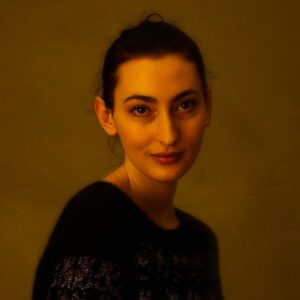In Joel-Peter Witkin’s world, death is not to be feared. Instead, there is beauty in the macabre, and some humor there too, as evidenced from his lifelong career creating photographs that evoke a range of reactions from outrage to wonder.
With ...

In Joel-Peter Witkin’s world, death is not to be feared. Instead, there is beauty in the macabre, and some humor there too, as evidenced from his lifelong career creating photographs that evoke a range of reactions from outrage to wonder.
With ...



You’re getting blind.
Don’t miss the best of visual arts. Subscribe for $7 per month or $84 $70 per year.